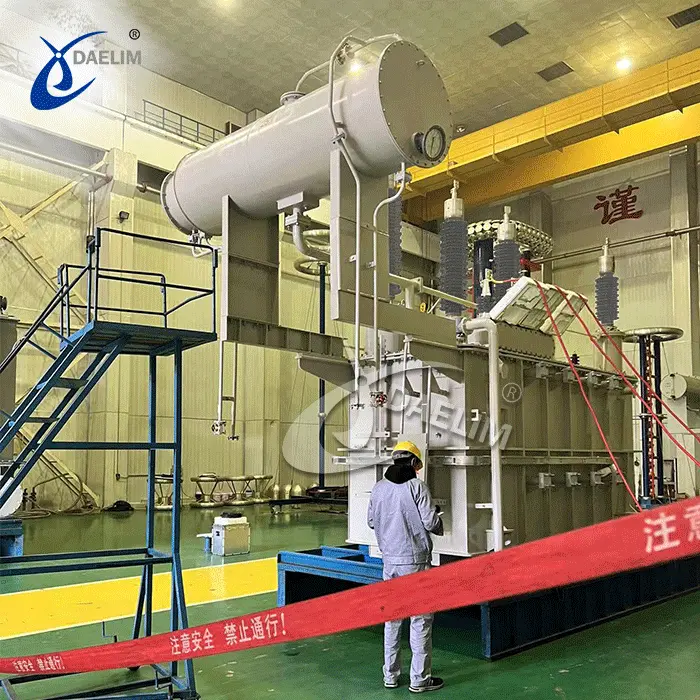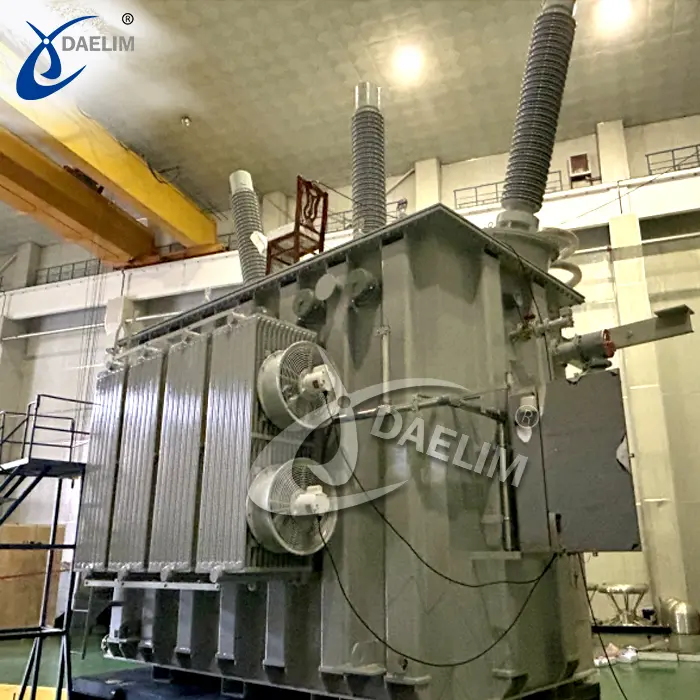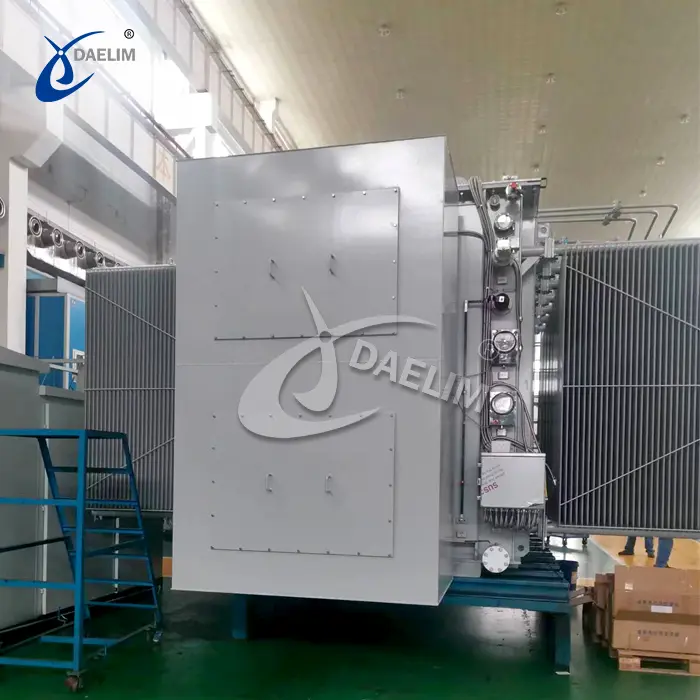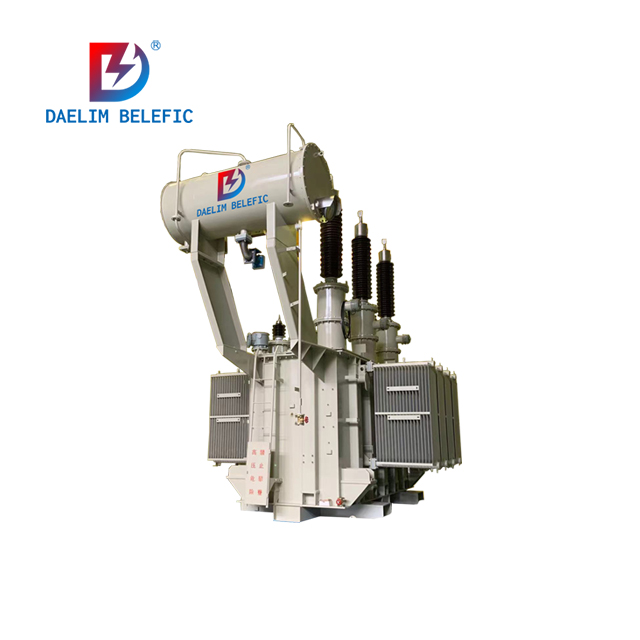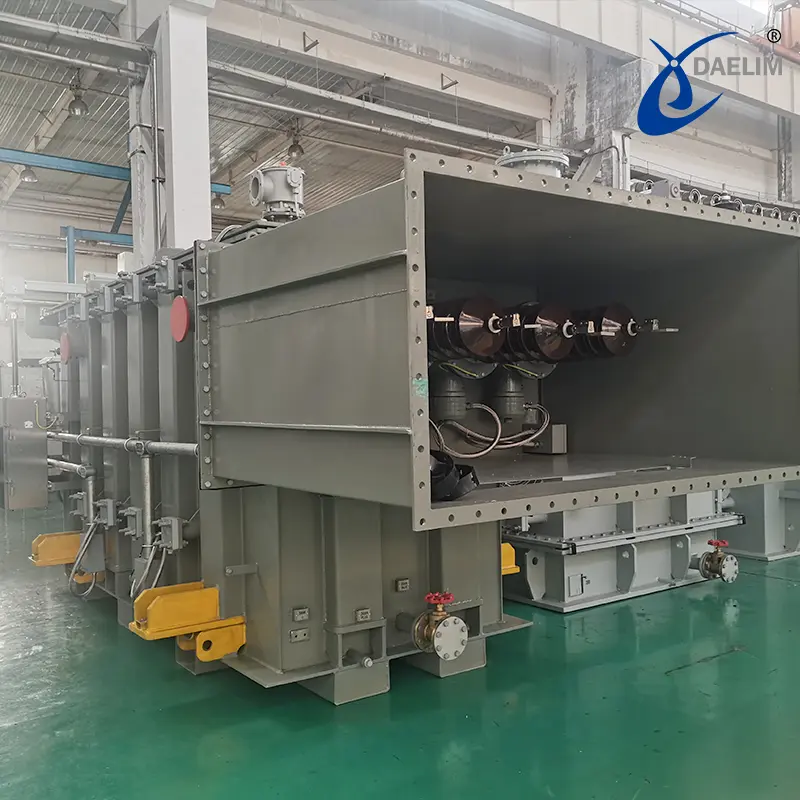Transforming Global Energy Infrastructure with Large Transformers
Large transformers play a pivotal role in the global transmission and distribution of electricity, facilitating efficient voltage conversion and transmission across extensive power grids.
Driven by rapid economic growth and stringent energy policies, China's transformer industry focuses on environmental sustainability and technological advancement. Chinese manufacturers are increasingly targeting international markets, leveraging competitive pricing and superior technology.
Daelim Transformer is a major player in this trend, with successful projects across South America, North America, and Australia. Their transformers incorporate advanced design and meticulous engineering to ensure optimal performance and minimal environmental impact. Recently, there has been a growing demand for large power transformers in the United States (180MVA), Canada(100MVA), and Australia (146MVA). Daelim Transformer continues to expand its presence in North America with a strong commitment to quality and customer satisfaction.
As global demand for energy-efficient, high-performance transformers continues to rise, Daelim Transformer is well-positioned to lead with innovative solutions and a robust market presence.
Related Products
Related Article
What happens if the transformer is overloaded?
Transformer overload results in increased power consumption, causing higher operating temperatures, insulation aging, and shortened lifespan. It can also harm connected electrical equipment. To maintain optimal performance and longevity, load should not exceed 15% of rated capacity in summer and 30% in winter.
Why does the transformer explode?
Transformer explosions are typically caused by factors such as internal short circuits, improper use and maintenance, overload, aging, manufacturing defects, lightning strikes, and load short circuits. Choosing high-quality transformers from reputable suppliers is crucial to minimize these risks.
Why does transformer require a balanced winding?
A balanced winding in transformers minimizes voltage differences between windings, reducing losses, controlling output voltage, and ensuring reliable operation.
Why are there pebbles under the transformer?
Pebbles beneath transformers serve multiple purposes: preventing fires and containing oil leaks, guiding oil drainage for easy collection and treatment, filtering impurities, aiding in thermal regulation, enhancing insulation and safety, dampening vibrations, and inhibiting weed growth. Contact Daelim Transformer for further inquiries.
Why should the transformer load not exceed 85%?
Optimizing transformer loading is critical to maximize efficiency and longevity. Loading above 85% can result in inefficiencies, while underloading wastes energy. Adhering to industry standards and providing spare capacity ensures stable operation despite demand fluctuations.
What are the common transformer faults?
Transformer faults include coil faults, core overheating, conductive loop overheating, bushing failures, on-load tap changer issues, cooler failures, oil cabinet breathing problems, and high-voltage reactor specific faults.


